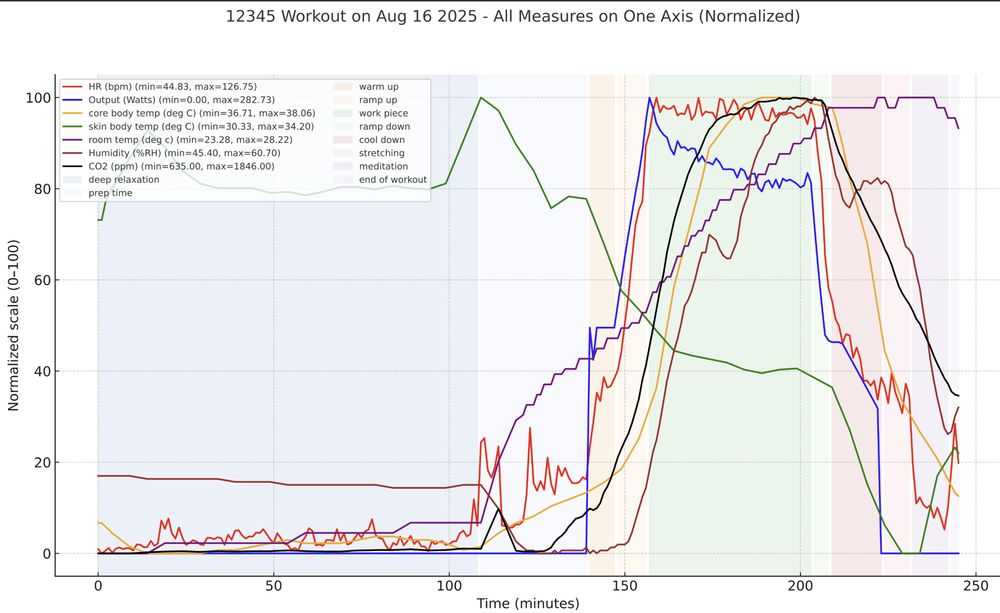
It's usually the closest gene.
Executive Director, Integrative Biology, Internal Medicine Research Unit. Pfizer R&D. All views my own.
Also cats.
I'm curious if anyone has a hypothesis why the lead SNP p-values would have this distribution.

I'm curious if anyone has a hypothesis why the lead SNP p-values would have this distribution.
Recall, the data is all the lead SNPs recorded in the GWAS catalog.
Recall, the data is all the lead SNPs recorded in the GWAS catalog.
All the analysis, charting and graphs were done by GPT5 operating on a google sheet where I collected the minute by minute stats.

All the analysis, charting and graphs were done by GPT5 operating on a google sheet where I collected the minute by minute stats.



I guess I'm just surprised a major chromosomal rearrangement can fix in a population so quickly with no apparent impact on the effective population size. Is there good literature on this across other species.
I guess I'm just surprised a major chromosomal rearrangement can fix in a population so quickly with no apparent impact on the effective population size. Is there good literature on this across other species.

